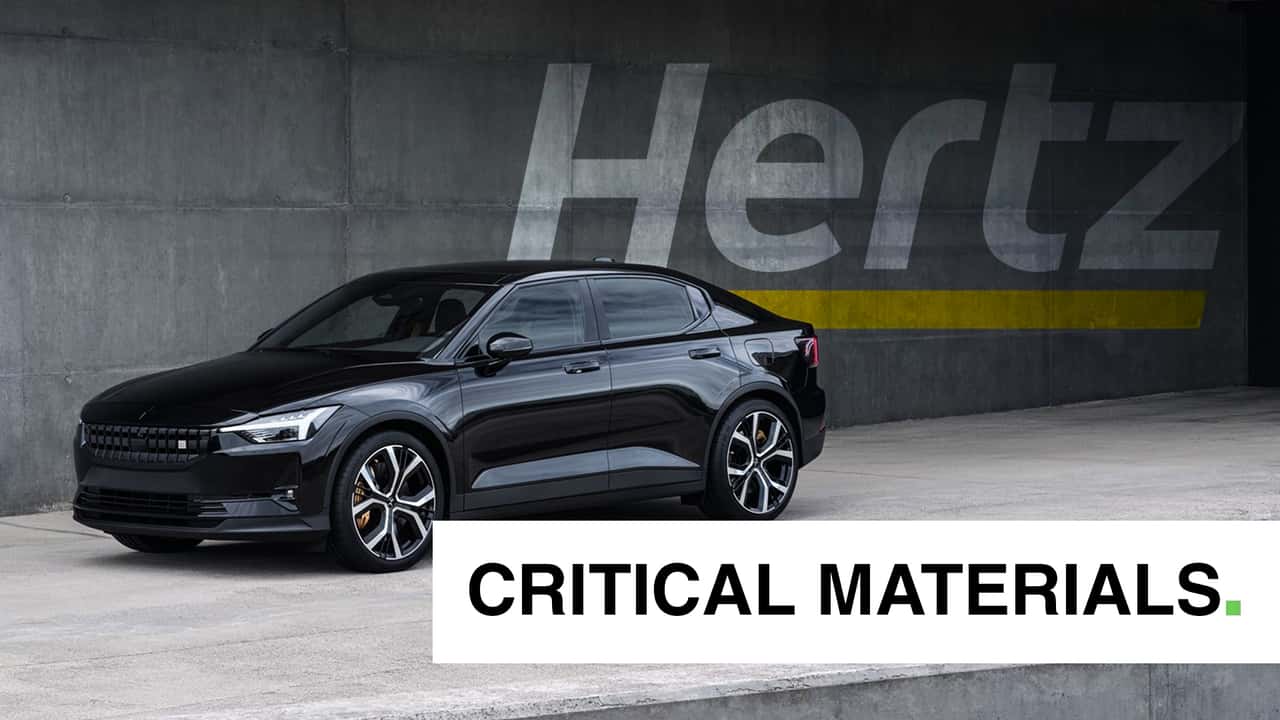Rental car giant Hertz is scaling back its electric vehicle (EV) fleet, including vehicles from popular brands like Tesla and Polestar. Hertz had initially planned to electrify 25% of its fleet by the end of 2024, but repair costs and devaluation issues with its Tesla vehicles have led to a change in strategy. Last year, Hertz announced it would purchase 65,000 Polestar vehicles by 2027, but it seems that plan has also been put on hold. Hertz’s decision to sell off 20,000 of its Tesla vehicles last month was driven by significant repair costs and financial losses. Other rental companies, like SIXT in Germany and software company SAP, have also decided to drop Tesla EVs from their fleets due to similar pricing and repair issues.
Meanwhile, the US Secretary of Transportation, Pete Buttigieg, expressed his frustration with drivers using Apple’s new Vision Pro augmented reality headset behind the wheel. Buttigieg reposted a video of someone driving a Tesla Cybertruck while wearing the headset and making hand gestures. While the driver was not using any driver assistance systems, Buttigieg criticized the improper use of such technologies. Apple itself discourages the use of the Vision Pro headset while driving. This incident has drawn attention to the potential need for legislation regarding the use of augmented reality devices while operating a vehicle.
On a more positive note, EV startup Aptera has successfully raised $33 million in crowdfunding to support the production of its solar-powered vehicles. The company plans to deliver its first vehicles by the end of 2024 and aims to produce around 7,000 vehicles in 2025. Aptera’s integrated solar panels allow the vehicle to operate without the need for daily charging in most cases.
Looking ahead, there is speculation about the future of augmented reality in the automotive industry. While it is currently unsafe and distracting to use devices like Apple’s Vision Pro headset while driving, as both in-car and AR technologies evolve, there is potential for these devices to enhance the driving experience. For example, AR headsets could provide racing lines, real-time data, and coaching during track days. Automakers like Mercedes-Benz and BMW are already exploring the integration of AR displays into their vehicles’ touchscreens, driver displays, and windshields. However, the use of AR headsets while driving would require approval and regulation. It remains to be seen what applications and technologies will emerge in this space in the future.
Hertz Suffers Ongoing Consequences from EV Investment, Reverses Decision on Purchasing Polestar
The acclaimed car rental giant Hertz Corporation has found itself grappling with the continued fallout from its ill-fated electric vehicle (EV) investment strategy. As a direct consequence of mounting financial difficulties, the company has recently made the difficult decision to reverse its plan to purchase Polestar, a renowned EV manufacturer.
Hertz’s foray into the EV market was initially met with significant enthusiasm and confidence. With growing concerns about environmental sustainability and the rise of eco-conscious consumers, the company’s decision to invest heavily in electric vehicles seemed wise and forward-thinking. Hertz aimed to position itself at the forefront of the evolving automotive industry, aligning its brand with the global shift toward clean energy and reducing carbon emissions.
However, the unforeseen challenges of the global pandemic and subsequent disruptions in the travel industry rapidly spiraled into a crisis for Hertz. The company, which heavily relied on travel and tourism, faced an unprecedented decline in demand due to widespread lockdowns and travel restrictions. As a result, Hertz filed for bankruptcy protection in May 2020, marking a significant setback for their EV investment plans.
The decision to reverse the purchase of Polestar—a brand praised for its cutting-edge design, exceptional performance, and commitment to sustainable mobility—symbolizes the depth of Hertz’s financial struggles. Despite Polestar’s coveted reputation and its potential to enhance Hertz’s EV fleet, the rental giant could not justify the expenditure amidst its ongoing financial challenges.
The ramifications of this decision extend beyond Hertz’s balance sheet and speak to the broader uncertainties surrounding the EV market. While the global demand for electric vehicles continues its upward trajectory, the rental industry’s ability to effectively monetize EVs remains a topic of debate. Hertz’s predicament suggests that the barriers to entry and operational challenges associated with running an extensive EV fleet are more complex than initially envisioned.
Moreover, Hertz’s situation reveals the delicate balance between financial investments and market demand. The company’s pivot away from Polestar underscores the need for prudent decision-making during tumultuous times. Hertz’s investment in EVs was a well-intentioned initiative, but it ultimately proved to be a premature venture that clashed with the unforeseen macroeconomic landscape.
Nevertheless, Hertz’s decision to halt its purchase of Polestar does not signify an abandonment of its commitment to sustainability. The company continues to emphasize its dedication to introducing a wide array of electric vehicles into its rental fleets, with plans to expand current partnerships and explore additional collaborations in the EV market.
In conclusion, Hertz’s ongoing consequences from its ill-fated EV investment strategy have compelled the reversal of its decision to purchase Polestar. The financial turmoil stemming from the global pandemic and the subsequent decline in travel demand have brought to light the challenges associated with running a substantial EV fleet. However, Hertz’s action should not be viewed as a retreat from the broader sustainability movement. Rather, it serves as a reminder of the importance of adapting investment strategies to evolving market dynamics and demonstrating resilience in the face of unforeseen obstacles.

